
Dry biomass and industrial materials efficiently with our high-performance roller dryer. Engineered for precise moisture reduction, consistent results, and energy efficiency, it ensures superior quality for various applications.
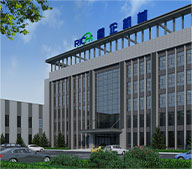
Brand
RICHI
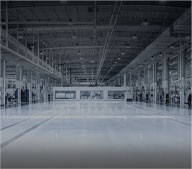
Model
Customized
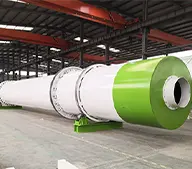
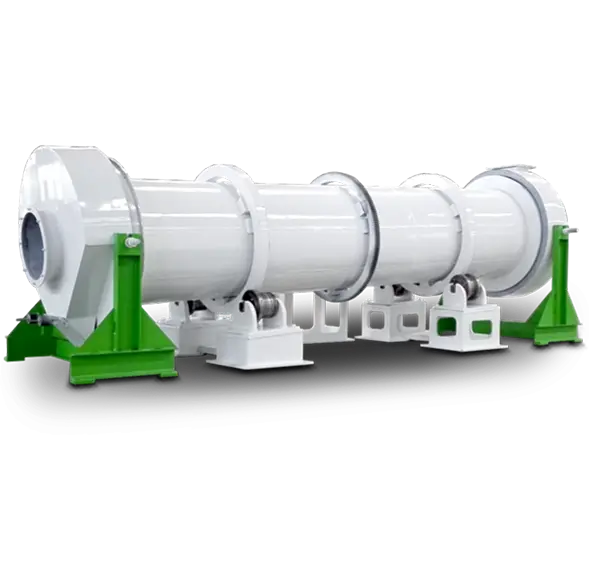
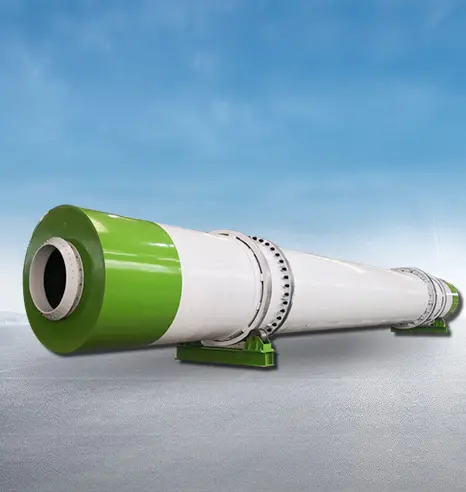
| Model | φ0.6*6 | φ0.8*8 | φ1.2*12 | φ1.5*15 | φ1.8*18 | φ1.8*20 | φ1.8*36 | φ1.8*12*3C | φ1.8*24*3C |
|---|---|---|---|---|---|---|---|---|---|
| Dia.(m) | 0.6 | 0.8 | 1.2 | 1.5 | 1.8 | 1.8 | 1.8 | 1.8 | 1.8 |
| Length(m) | 6 | 8 | 12 | 15 | 18 | 20 | 36 | 12 | 24 |
| Layers | 1 | 1 | 1 | 1 | 1 | 1 | 1 | 3 | 3 |
| Drum Speed(rpm) | 3-12 | 3-12 | 3-12 | 3-12 | 3-12 | 3-12 | 3-12 | 3-12 | 3-12 |
| Inlet Air Temperature(℃) | 400~500 | 400~500 | 400~500 | 400~500 | 400~500 | 400~500 | 400~500 | 400~500 | 400~500 |
| Outlet Air Temperature(℃) | 70~80 | 70~80 | 70~80 | 70~80 | 70~80 | 70~80 | 70~80 | 70~80 | 70~80 |
Technological innovation is essentially all about customer service. To make you feel the convenience of RICHI's products, technologies and solutions in the process of your production.
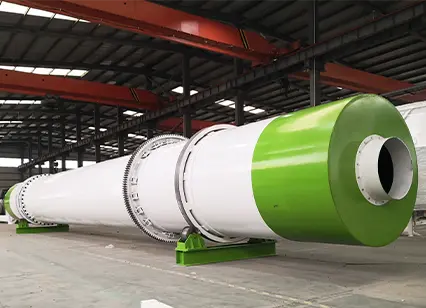
High Efficiency
The combination of rotation and hot air ensures quick and uniform drying, reducing the time required to achieve the desired moisture content.
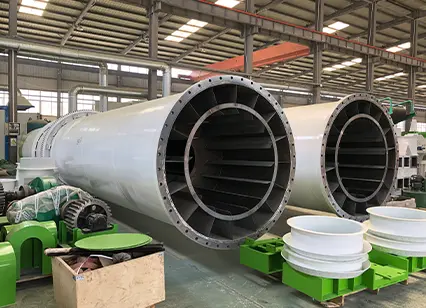
Consistent Drying Quality
The tumbling motion inside the drum exposes all parts of the raw material to heat and airflow.
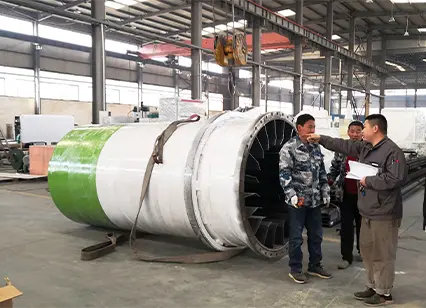
Versatility
Drum dryers can handle a wide range of biomass materials, including wood chips, sawdust, agricultural residues, and other fibrous materials.
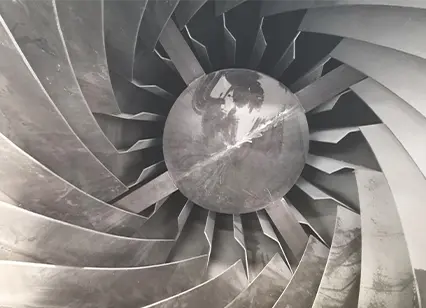
Robust and Low Maintenance
Built with durable materials and simple mechanical systems, drum dryers are designed for longevity and minimal maintenance.
Discover our streamlined buying process that makes it simple and efficient for you to get a complete pellet production line. Every step of the way is customized for your convenience, from the initial schematic design and precise manufacturing process to secure payment options and on-site installation and commissioning. At the same time, our dedicated spare parts service ensures ongoing support and optimal machine performance, giving you peace of mind for years to come.


Solution Formulation
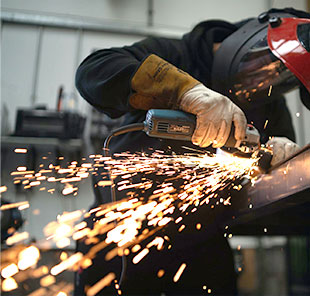
Equipment Manufacture

Secure Payment
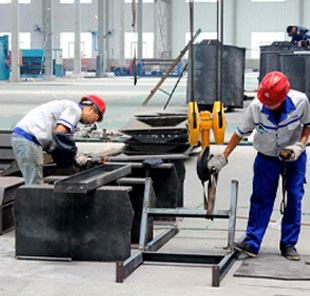
Spare Parts Service

Henan RICHI Machinery Co., Ltd
Henan Richi Machinery Co., Ltd was founded in 1995. After nearly thirty years of development and expansion, RICHI Machinery has grown into a modern enterprise covering an area of 60,000 square meters and integrating independent research and development, production and sales.
The products involve feed pellet machinery and engineering, biomass pellet machinery and engineering, organic fertilizer machinery and engineering, conveying equipment and engineering, steel structure engineering, silo, automation control technology and engineering, etc., and each product series has passed ISO 9001 international quality management system certification and CE certification!
Get Quote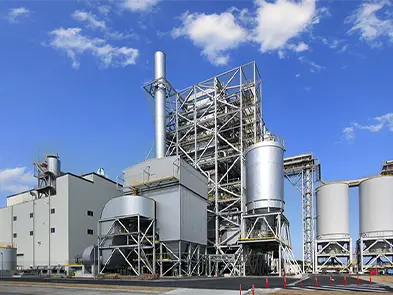

The system is fully automated, enabling seamless operation with minimal labor and supporting sustainable agricultural practices through the use of alfalfa and other forages. Of course you can also use other materials for pelletizing.
Learn More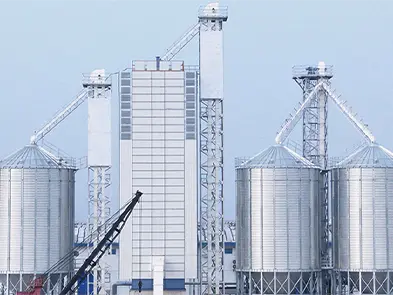

This state-of-the-art equipment supports a wide range of feed formulations for poultry and livestock, improving feed quality and reducing production costs. And its scalable design accommodates future expansion.
Learn More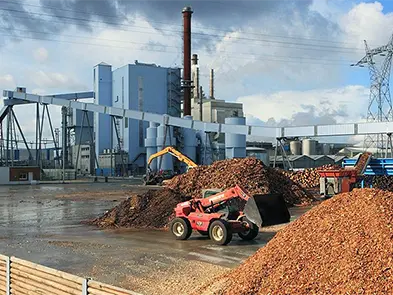

Hardwood residues are processed into durable, high-energy biomass pellets. Designed for industrial production, the system utilizes advanced drying and pelletizing technologies to ensure efficiency and quality.
Learn More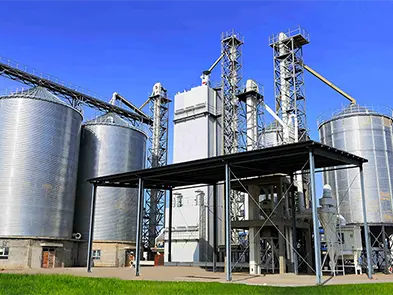

This project is capable of producing fish and shrimp feeds, equipped with precise extrusion technology for superior feed quality. The customer emphasizes its reliability and ease of operation as the main advantages.
Learn More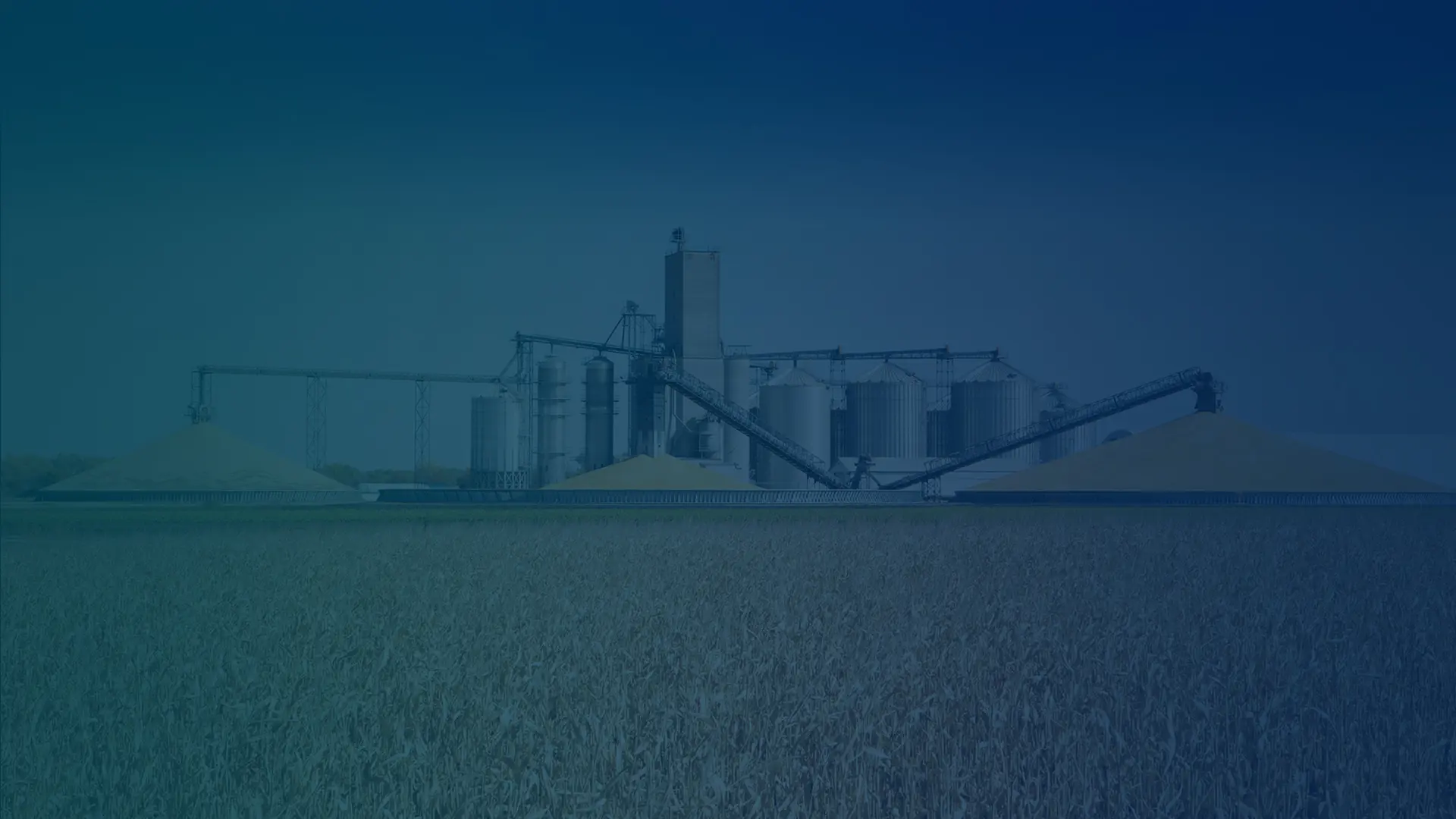
What kind of pellet production line do you want to establish?
How many tons per hour about this line you want to build?
Where is this pellet production line going to be built?
When do you plan to start the operation?
A roller dryer can utilize various heat sources depending on the application, energy availability, and material requirements. The common types include:
A roller dryer can process multiple types of materials at the same time, but usually on the same granule production line, in order to maintain continuous production, only the same raw material is processed at the same time. And the drying efficiency and effective drying should also be taken into account. Therefore, in fact, we certainly do not recommend customers to do this:
So, while roller dryers can process multiple materials simultaneously, compatibility and careful process adjustments are key to achieving efficient and uniform drying. For best results, consult the equipment manufacturer for guidance on handling mixed materials.
Material thickness can be adjusted using feeding systems or roller settings, ensuring consistent drying by controlling the layer exposed to heat.
No, our roller dryer is mainly used for biomass pellet production. The main drying raw materials are wood chips and other kinds of biomass organic materials. It is not suitable for food drying.
The maximum material size depends on the model, but most roller dryers can handle materials up to a few centimeters in diameter, provided they are uniform.
However, in our pellet production line, usually the raw material needs to be crushed to about 5mm powder before being dried. This is more favorable for moisture reduction.
Energy efficiency is achieved through heat recovery systems, optimized airflow, and precision temperature control, minimizing energy waste while maximizing drying performance.
Signs of wear include reduced roller rotation efficiency, uneven drying, material buildup on rollers, and increased power consumption.
Dried material is typically discharged through automated systems like conveyors or hoppers, ensuring smooth and continuous operation.
Yes, most manufacturers provide technical support, including installation assistance, operator training, and troubleshooting services, to ensure smooth operation and maintenance.
If you need further information, please contact us

For all inquiries fill in the form below to send us a brief message,and we will get back to you as soon as possible

RICHI stick to the service principle is: We are focusing on your future, your future is our future!
© HENAN RICHI MACHINERY CO., LTD 1995-2025
Product Line-Up / Privacy Policy